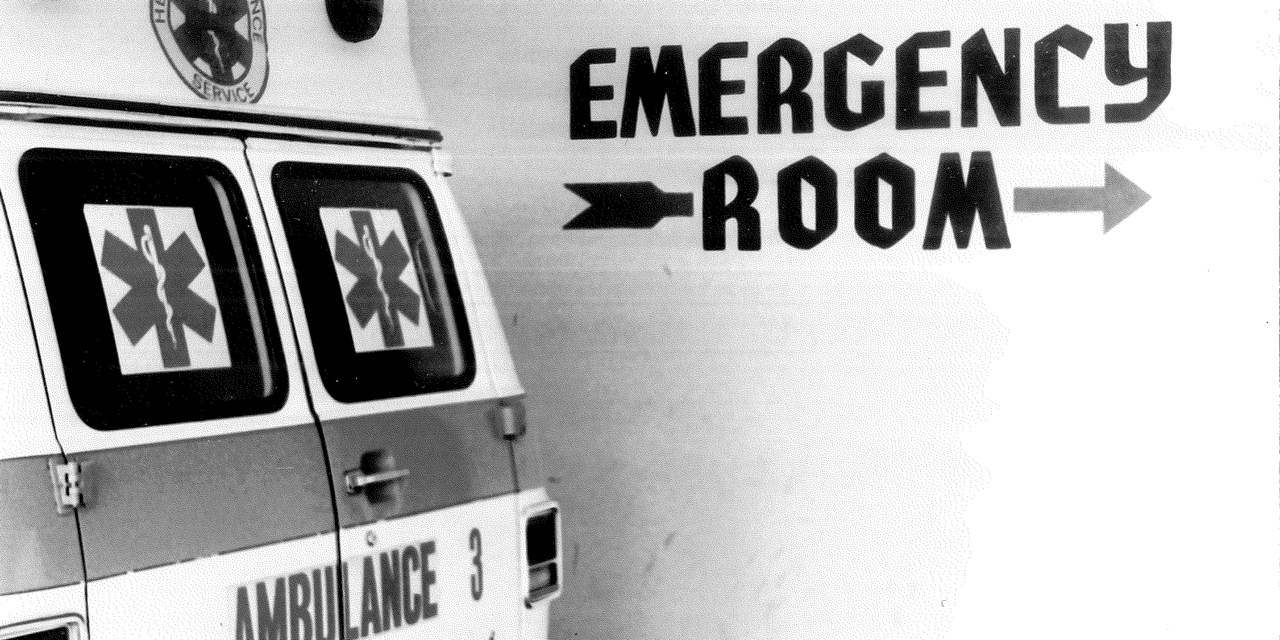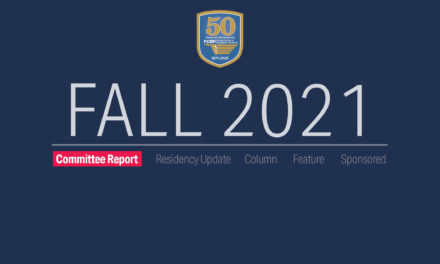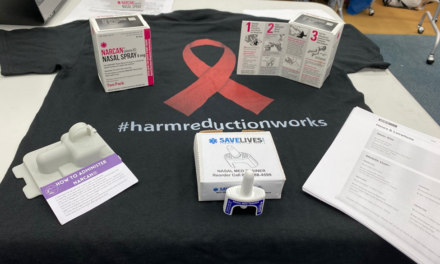The Way We Were
I had the pleasure of watching the EM:RAP interview with Dr. Jim Roberts, a pioneer of emergency medicine who recently died. As he reminisced during the interview, it took me back.
I can remember when I was working a night shift and taking care of a young woman with a likely ectopic pregnancy, I had to call the Chief of Radiology to get permission to call in an ultrasound tech. The radiologist said it could wait until morning. I understand my nephew, an emergency physician, carries a pocket ultrasound device!
When I had a patient with a ruptured abdominal aortic aneurysm on a night shift, I confirmed the diagnosis with a cross table lateral abdomen x-ray. There was no other imaging option available.
If I had an awake patient requiring intubation, I did a nasal intubation with the patient cooperating. It seems we didn’t use many medications for intubation back then. RSI came a bit later on. Before that, if I needed a little something for a patient’s agitation, I would have the nurse push 10 mg of morphine and then quickly place the tube.
Dr. Roberts talked about the response of other medical departments at the beginning of the emergency medicine specialty era. I remember some of those turf battles. Anesthesiologists believed intubation and sedation belonged only to them and should not be undertaken by us. Surgeons believed they owned procedures – chest tubes, for example – and should not be entrusted to EPs. Dr. Roberts spoke of a time when emergency physicians weren’t allowed to administer antibiotics!
I remember one time when I was treating a patient with a kidney stone, I ordered ketorolac. The nurse said, “Are you sure? He’s a patient of Dr. Kidneystone.”
I soon found out what she meant. Dr. Kidneystone came in to see his patient, but not before he spent 10 minutes yelling at me in the middle of the department. He didn’t want any of “his” patients to ever receive that medication. I remember when the nurses had orders to call certain physicians whenever “their” patients came into the ED. They would be told orders to give us, mostly “don’ts.”
When I trained in EM at Henry Ford Hospital in Detroit, we had a schedule of when we would put in chest tubes and when surgery would insert them. We learned procedures that may no longer be needed today. For example, do you ever need to perform diagnostic peritoneal lavage (DPL)? How about diagnostic pericardiocentesis? Culdoscentesis? Does anyone remember writing admission orders for the admitting physician? Thankfully, ACEP ultimately issued a clear position statement about that.
In fairness, I remember a story told to us by an orthopedist in the l970’s. He spoke of a doctor who moonlighted in the ED before the emergence of our specialty. This doctor was a delightful man who didn’t know very much about anything. He had never done residency. His income was based solely on moonlighting.
The doctor called the orthopedist one time to report a patient with a broken bone.
“Where is it?” the orthopedist asked.
“In his leg,” Dr. Moonlight answered.
“Which bone in the leg?”
“The big one.”
“Is it the big one below the knee or the big one above the knee?”
“Above the knee.”
“Okay.”
“And it’s sticking out.”
“I’ll be right in.”
We’ve come a long way.
As we began to win the turf battles, the other specialists treated us as their residents. Surgeons would call us in the night: “Can you place a chest tube on the 4th floor for me? Will you start a central line on one of my patients?” Internists would ask us to intubate their patients on the floor and move them to the ICU. There were no hospitalists then (they came later). We were expected to respond to all codes in the hospital. We would leave the ED, where we were the only doctor on duty, to resuscitate patients elsewhere.
Over the years, I saw many changes. Trauma centers and trauma teams were developed. By then, there was cooperation rather than competition. We both did the procedures. We talked about the plan. We worked together to save the patients. We saw the development of stroke teams where the neurologists and EPs work together for timely intervention.
When I started out, we practiced based on anecdotal information: something that always seems to work must be the way to do it. As time passed, clinical trials emerged. Evidence-based medicine (EBM) became the goal: where is the evidence that what we’ve been doing is the right thing to do?
The development of 24-hour Cath labs emerged. Patients with STEMI and non-STEMI were treated based on continually growing evidence. Clocks were set for the goal of re-perfusion. Hyperbaric chambers became available and developed a growing list of afflictions that could be treated.
When I re-certified with ABEM this year (4th time), I had some studying to do. I haven’t worked in EM for years, so I was surprised to learn that oxygen is no longer routinely administered to patients with acute MI. This is based on evidence that it may be harmful.
The questions on the board exam have not changed, but the answers have!
This is all good.
Emergency medicine now stands as a respected specialty with physicians who are eminently qualified to manage acute patients and to make a difference in their outcomes. I salute the pioneers like Dr. Jim Roberts and so many others who braved the rocky terrain. I revere emergency physicians today. Like a parent, I feel so proud of you! Thank you for making our profession so honorable. ■








